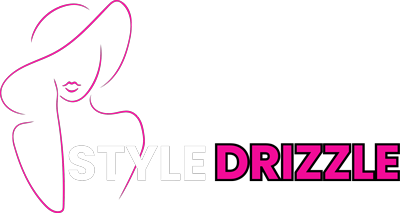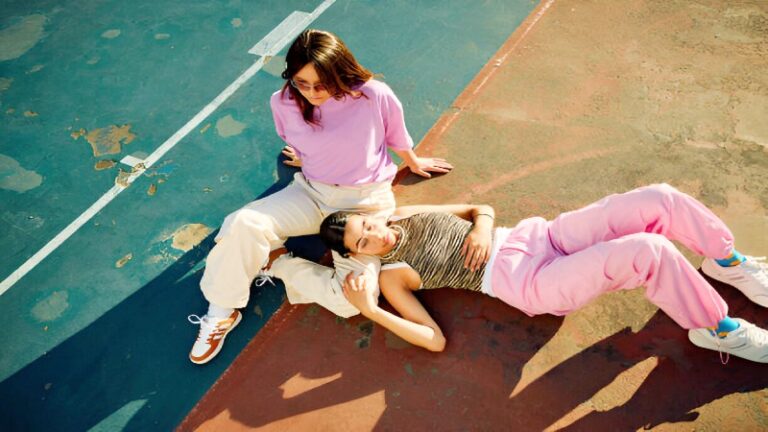For decades, the high-fashion runway was the exclusive arbiter of style, with designers setting trends from an elevated platform. But what happens when the sidewalks of Paris, New York, and Tokyo become equally influential? If you’ve observed how quickly cutting-edge designs transition from exclusive shows to everyday wardrobes, you’re witnessing the profound impact of street style’s on global fashion trends.
The modern fashion ecosystem thrives on a dynamic interplay between luxury houses, fast fashion giants, and ubiquitous social media. It accelerate trend cycles, transforming fashion from a top-down decree to a vibrant, two-way conversation. Street style, once an informal byproduct, now stands as a powerful, undeniable force in the industry.
A Launchpad for Mass Adoption
Historically, high-fashion runway shows were grand, often artistic displays, unveiling designers’ seasonal visions. These events functioned as a peek into future trends, showcasing avant-garde concepts in textiles, cuts, colors, and silhouettes. Yet, their exclusivity and prohibitive price points meant these designs remained largely out of reach for the average consumer.
Today, however, the digital revolution has shattered these barriers. What was once seen only by a select few editors and elite buyers is now instantly accessible to millions globally via social media. This democratization means runway aesthetics are rapidly consumed, reinterpreted, and then mass-produced. The runway has become less of a dictator and more of a catalyst. It’s in the hands of everyday fashion enthusiasts that these designs truly take on a life of their own, leading to widespread adoption and adaptation.
How Trends Emerge from the Streets
The fascinating shift in fashion’s trend-making power stems from a collaborative process between established brands and the diverse creativity found on the street.
Fast Fashion’s Agile Adaptation and Designer Collaborations
Brands like Zara, H&M, and Uniqlo have perfected the art of rapid response. Their business models are built on swiftly translating high-fashion runway concepts into affordable, accessible garments. Thanks to their agile production systems, styles making waves on luxury catwalks can appear in stores within weeks. This incredible speed allows consumers to instantly sport runway-inspired looks without breaking the bank.
Beyond quick replication, strategic collaborations between luxury designers and high-street retailers — such as Mugler for H&M or JW Anderson for Uniqlo — further bridge this gap. These partnerships empower everyday shoppers to own designer pieces, seamlessly blending haute couture aesthetics with approachable street style. For luxury labels, these ventures also offer significant commercial advantages, expanding their market reach in an increasingly competitive global landscape.
Luxury’s Nod to the Pavement
In a remarkable inversion of traditional influence, luxury brands have increasingly drawn inspiration directly from the streets. The meteoric rise of streetwear, championed by labels like Supreme and Off-White, has profoundly permeated high fashion, blurring the once-distinct lines between formal elegance and casual cool.
Many contemporar y luxury collections now feature silhouettes and sensibilities rooted in streetwear’s casual yet edgy aesthetic, incorporating premium sneakers, oversized proportions, and elevated athleisure pieces. This fusion facilitates the effortless integration of statement pieces into daily wardrobes.
Digitally Amplifying Street Style
Social media platforms like Instagram, TikTok, and Pinterest have utterly revolutionized trend dissemination. Fashion influencers, style bloggers, and even ordinary individuals can instantly share their outfits, propelling street style visuals to millions in mere moments. Recognizing this immense power, brands now heavily leverage influencers to showcase their collections, demonstrating how runway designs can be authentically styled for everyday life.
Influencers serve as vital conduits, translating aspirational high fashion into relatable, achievable looks for the mass market. When brands seed their latest collections to influencers, they understand the direct impact this organic styling will have on consumer perception and adoption. This has given rise to a proliferation of micro-trends—highly specific, rapidly evolving styles that gain massive traction through viral social media exposure, eventually feeding back into broader fashion cycles.
The New Fashion Hierarchy
The days of a rigid, top-down fashion hierarchy are gone. The relationship between runway and street style has blossomed into a dynamic, symbiotic partnership. Fashion is no longer dictated solely by an elite few; it’s a continuous, multi-directional conversation involving designers, consumers, influencers, and the fast-fashion retailers who democratize luxury aesthetics. This truly embodies the democratization of fashion.
Conclusion
The distinction between runway creations and authentic street style will only continue to dissolve. As technology advances, brands are exploring innovative methods for showcasing and distributing fashion. Virtual fashion shows, immersive augmented reality (AR) shopping experiences, and customizable, made-to-order garments are fundamentally reshaping how we interact with clothing and trends.
As brands continue to shape fashion both on and off the runway, street style will remain an incredibly powerful force. Ultimately, street style’s influence on global fashion trends is not just about what people wear, but the powerful statement they make, turning every sidewalk into a potential runway and every individual into a co-creator of tomorrow’s style.
Frequently Asked Questions (FAQs)
What is street style in fashion?
Street style refers to fashion that originates from everyday people’s personal clothing choices and outfits, often showcasing individual creativity and reflecting current cultural trends.
How has the runway’s role in fashion changed?
The runway has evolved from a sole dictator of trends to a catalyst or blueprint. Its designs are now rapidly adopted, adapted, and democratized by street style, forming a two-way conversation.
What is fast fashion’s role in spreading street style trends?
Fast fashion companies quickly translate runway trends into affordable pieces, making high-fashion aesthetics accessible to mass audiences within weeks, significantly accelerating the spread of street style.
How do social media influencers impact global fashion trends?
Influencers amplify street style by sharing outfits instantly, bridging the gap between high fashion and mass markets. They showcase how runway looks can be worn daily, driving micro-trends and influencing consumer adoption.
Why are luxury brands now embracing streetwear?
Luxury brands are integrating streetwear elements to appeal to broader audiences and acknowledge street culture’s immense influence. This blurs traditional lines between formal and casual wear.
What is the democratization of fashion?
The democratization of fashion describes the shift where trend creation is no longer top-down. It’s a collaborative process involving designers, consumers, influencers, and retailers, making fashion more accessible and representative.
Does street style influence future runway collections?
Yes, street style increasingly influences future runway collections. Designers often draw inspiration from authentic looks seen on the streets, creating a symbiotic relationship where influence flows in both directions.
How does sustainability relate to the evolving fashion trends?
As fashion democratizes, consumer demand for transparency and sustainability has grown. This pushes fast fashion and luxury brands to produce eco-friendly collections, making ethical considerations a key part of current and future trends.


